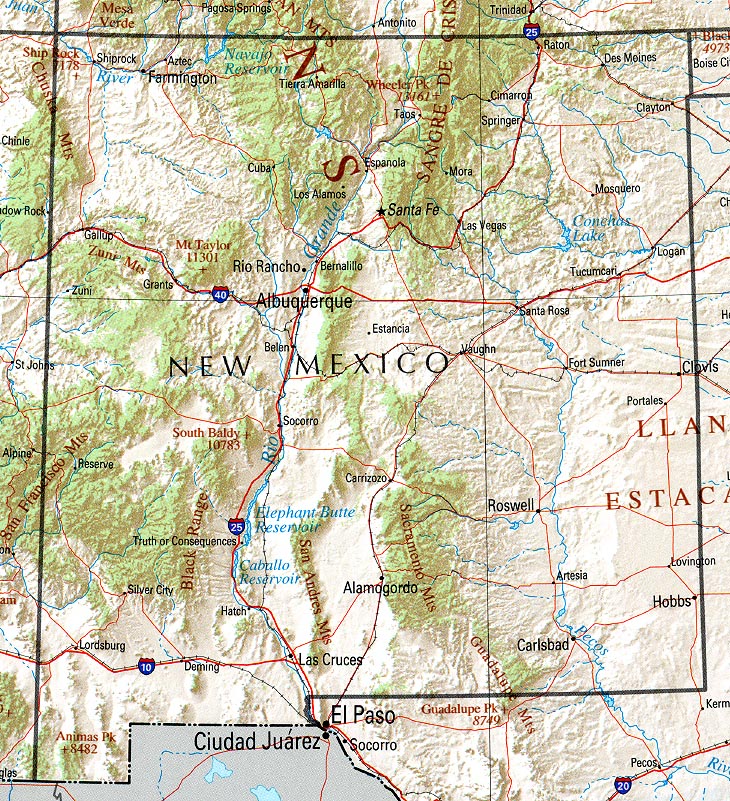The Pueblo of Zuni has its origins thousands of years ago. Archaeology suggests that the Zuni have been farmers in their present location for 3,000 to 4,000 years. They have a language that is not associated with any other. The language is considered a language isolate. The pueblo has the distinction of being the first one that encountered the Spanish entrada into the Southwest. It didn't go well for either of them!
In 1539 the Esteban (Estevanico) & Friar Marcos de Niza expedition was sent by Viceroy Antonio de Mendoza to find the “Seven Cities of Gold” (Esteban was killed at Zuni Pueblo). Niza returned to Mexico and described Cibola as "a city larger than the city of Mexico" and it had "a great store of gold...and a hill of silver."
The next year in 1540 Francisco Vasquez de Coronado left Compostela, Mexico on February 23, leading a force of from 300 to 400 Spaniards and 1,300 to 2,000 Mexican Indian allies, four Franciscan friars (the most notable of whom were Juan de Padilla and the newly appointed provincial superior of the Franciscan order in the New World, Marcos de Niza). They also had several slaves with them, both American Natives and Africans. They arrived at Zuni Pueblo (Hawikuh) on July 7th. Zuni men laid down a line of corn meal for them not to cross. They crossed it and attacked the pueblo. Coronado entered the village and claimed it for the Spanish Crown.
Today the there are about 10,000 tribal members. The tribal government estimates that 90 percent of them live at Zuni Pueblo, making this tribe one of the most intact in existence. There are many locations of interest and ceremonies on the pueblo. The museum/cultural center is one of these. The Zuni people are especially known for their delicate jewelry and carved fetishes.
